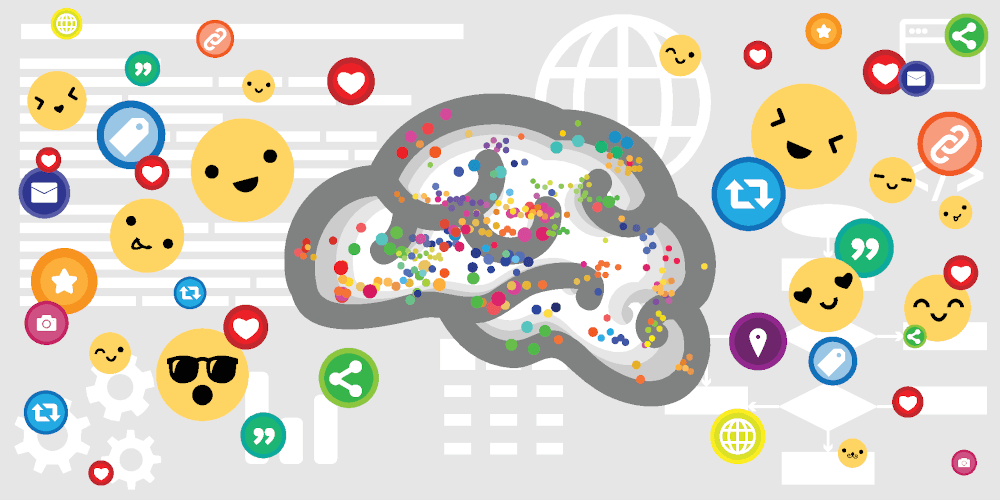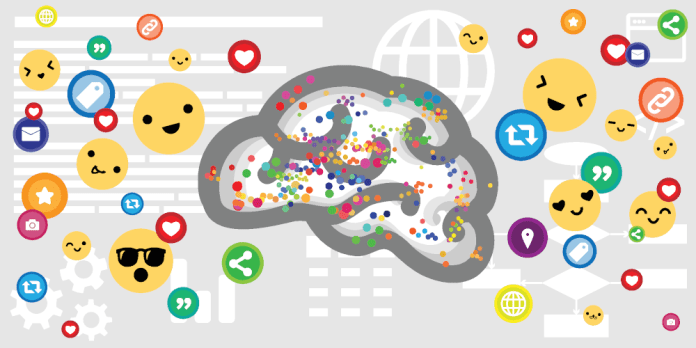Triggers in psychology refer to stimuli that causes a sudden reaction, either positive or negative. When it comes to behavior, there are 3 main types of triggers that can prompt reactions in individuals: situational triggers, cognitive triggers, and sensory triggers. Recognizing different triggers can help manage behavioral responses. Know about How to Stiffen Leather – Quick Tips Get Strong Results.
What Are Triggers?

In a behavioral context, triggers are events, surroundings or activities that initiate a particular reaction, impulse, or behavior, often unconsciously. They activate certain responses that tend to be automatic or instinctual.
Triggers can elicit positive behaviors, like feeling motivated by inspirational music. However, they more commonly provoke negative responses like stress, anxiety, anger or poor coping mechanisms.
Situational Triggers
Situational triggers stem from environments, social dynamics and real-world stimuli. Examples include:
- Being bullied or publicly embarrassed
- Relationship conflicts or breakups
- Losing a competition or failing at tasks
- Financial stressors
- Pressured work environments
Situations that make someone feel belittled, stressed, or insecure commonly trigger defensive anger responses and poor coping behaviors like drug use or emotional withdrawal.
Cognitive Triggers
These triggers relate to thoughts, attitudes, perspectives and beliefs. For instance:
- Negative self-talk like “I’m such a failure”
- Pessimistic attitudes such as “nothing ever goes right”
- Rigid perspectives that limit options
- Perfectionistic beliefs that result in frustration
Emotional triggers like low self-esteem, insecurity, shame or inadequacy often stem from cognitive distortion. Counseling aims to identify and reframe problematic thought patterns.
Sensory Triggers
Sensory input like sounds, smells, tastes or tactile sensations can spur reactions, especially in disorders like PTSD or autism. Some examples:
- Loud, sudden noises provoking anxiety or aggression
- Crowded, chaotic environments causing overwhelm
- Bright lights amplifying stress or sensory overload
- The smell or taste of something linked to a traumatic memory
Controlling environments to limit negative sensory input helps manage behavioral responses. This may involve minimizing loud sounds, bright visuals, crowds, or tactile contact if it triggers problematic behaviors.
Common Behavioral Triggers
While triggers are unique to each person, some common ones include:
- Rejection – Feeling rejected by loved ones or peers can trigger withdrawal or acting out.
- Embarrassment – Public embarrassment often spurs people to lash out defensively.
- Disrespect – Signs of disrespect or condescension can quickly ignite anger and aggression.
- Stress – High-pressure situations commonly lead to anxiety, impatience, irritability and poor coping skills.
- Fatigue – Lack of quality sleep lowers emotional control and amplifies behavioral reactions.
- Hunger – Hunger and low blood sugar reduce patience and self-control.
Managing Triggers
Identifying personal triggers enables you to better manage automatic reactions by:
- Anticipating and preparing for known triggers
- Altering situations to limit trigger exposure
- Reframing thought patterns when faced with triggers
- Developing healthy coping mechanisms and self-soothing skills
- Using medications, exercise, timeout periods and other tactics
For disorders like addiction, PTSD and dementia, professional treatment teaches constructive behavioral skills for when common behaviors of dementia occur. With self-awareness and practice, reactive responses become more measured, allowing for healthy processing and bonding experiences.
Examples of Triggers
Here are some examples of potential triggers across the three categories:
Situational – Being cut off in traffic, deadline pressure at work, heated family debate.
Cognitive – Thinking “I’m such a failure”, ruminating on worst-case scenarios, limiting beliefs about capabilities.
Sensory – Loud construction sounds, crowded spaces, strong chemical smells, scratchy tactile sensations.
The first step in managing behavioral responses is identifying your unique personal triggers across settings and contexts. From there, appropriate strategies can be implemented to control exposure, shift thoughts, and practice constructive reactions to life’s inevitable stresses and provocations.

